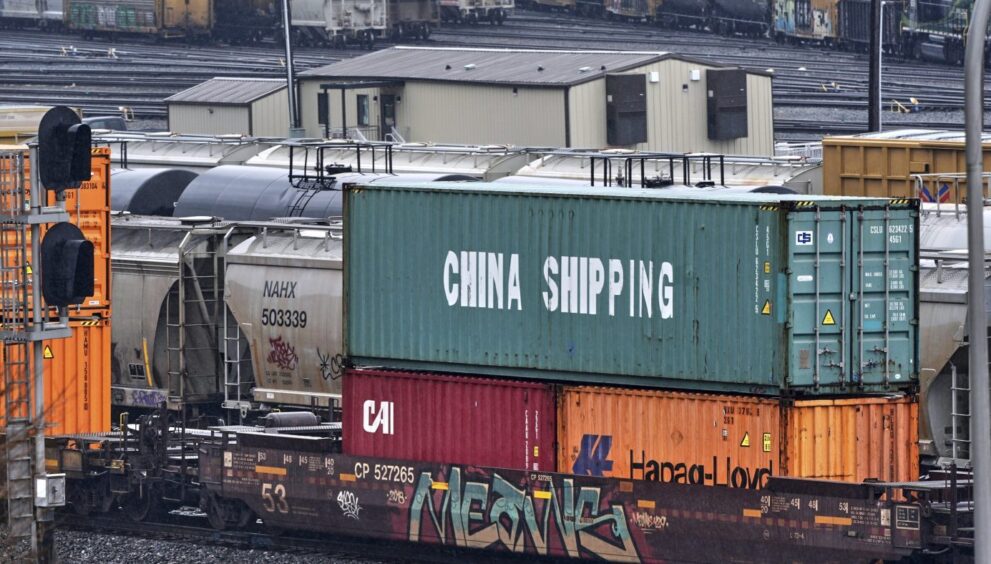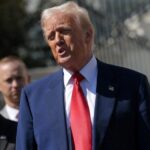Trump’s Effective and Ineffective Negotiating Approaches in Tariffs

Thucydides’ famous quote about the strong dominating the weak is at the heart of President Trump’s negotiating style. This presents a significant challenge for Trump in trade negotiations in today’s world.
There are three key aspects of negotiation where Trump excels, as well as three critical areas where he falls short.
Firstly, Trump’s strategy involves causing economic damage to trade partners to force them to negotiate. The idea is that countries will have to come to the table due to limited alternatives. Trump believes that America being the largest importer globally gives them an advantage in negotiations.
In terms of politics, Trump believes bilateral negotiations provide better outcomes than multilateral ones involving multiple countries. In his discussion with the Ukrainian President, Trump emphasized the importance of bilateral talks.
Another successful aspect of Trump’s strategy is understanding that bilateral trade can have wider implications. By imposing tariffs on Vietnam, Trump aimed to curb China’s trade diversion to Southeast Asia.
On the contrary, Trump lacks an understanding of how market conditions influence negotiations. Although the U.S. can force parties into negotiations, global market fluctuations can affect the bargaining power significantly.
Regarding politics, international diplomacy involves domestic considerations and pleasing constituents. Trump’s prioritization of certain supporters led to backlash and negative outcomes with his trade policies.
Lastly, despite leading trade negotiations personally, Trump’s lack of comprehension about tariffs and value chains is a drawback. Effective trade talks require expertise in different trade policy instruments beyond just tariffs.
Ultimately, Trump’s approach to negotiations, while effective in some aspects, lacks a comprehensive understanding of key factors that influence trade agreements.






















































































































































































































































































































































































































































































































































































































































































































































































































































































































































































































































































































































































































































































































































































































































































































































































































































































































































































































































































































































































































































































































































































































































































































































































































































































































































































































































































































































